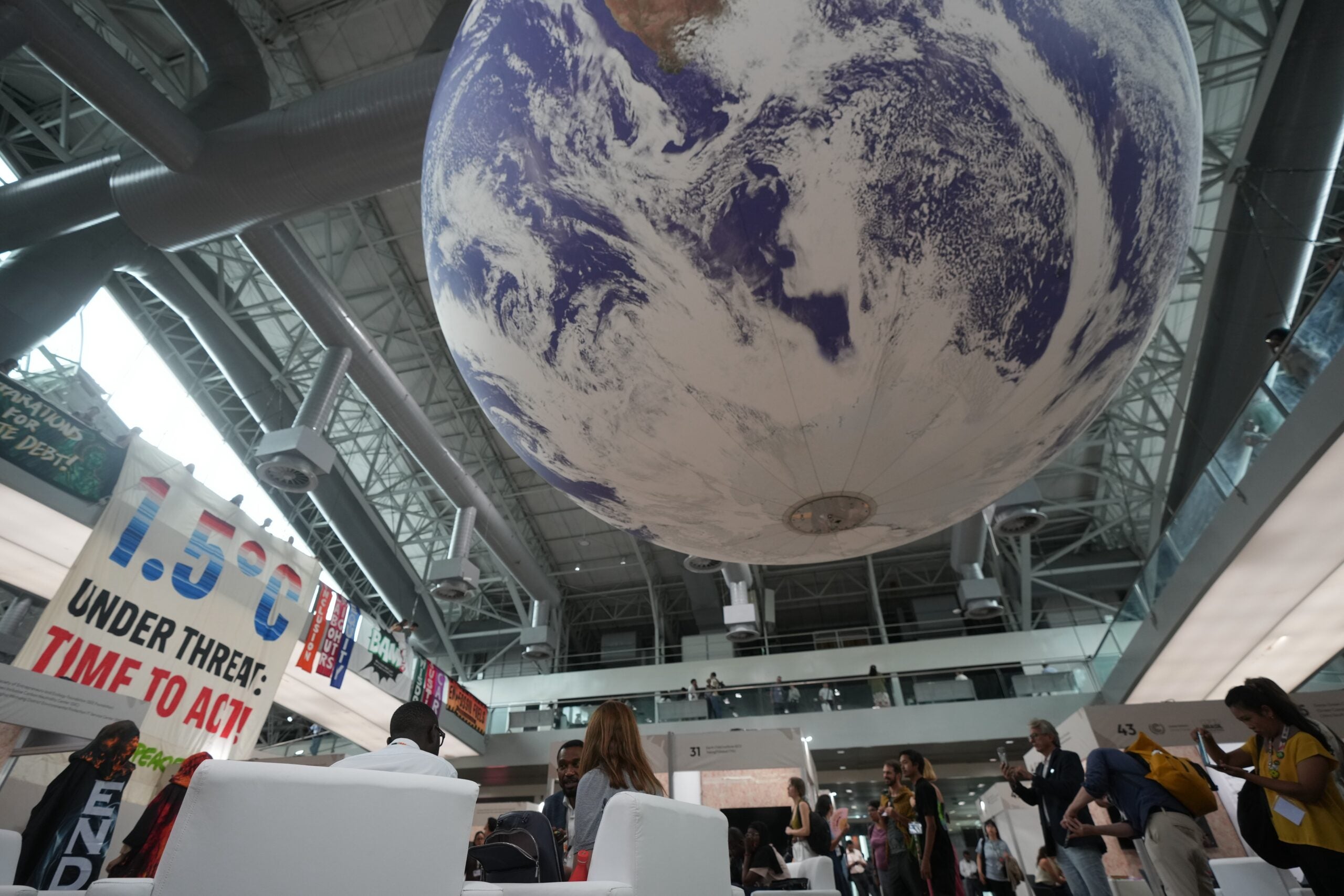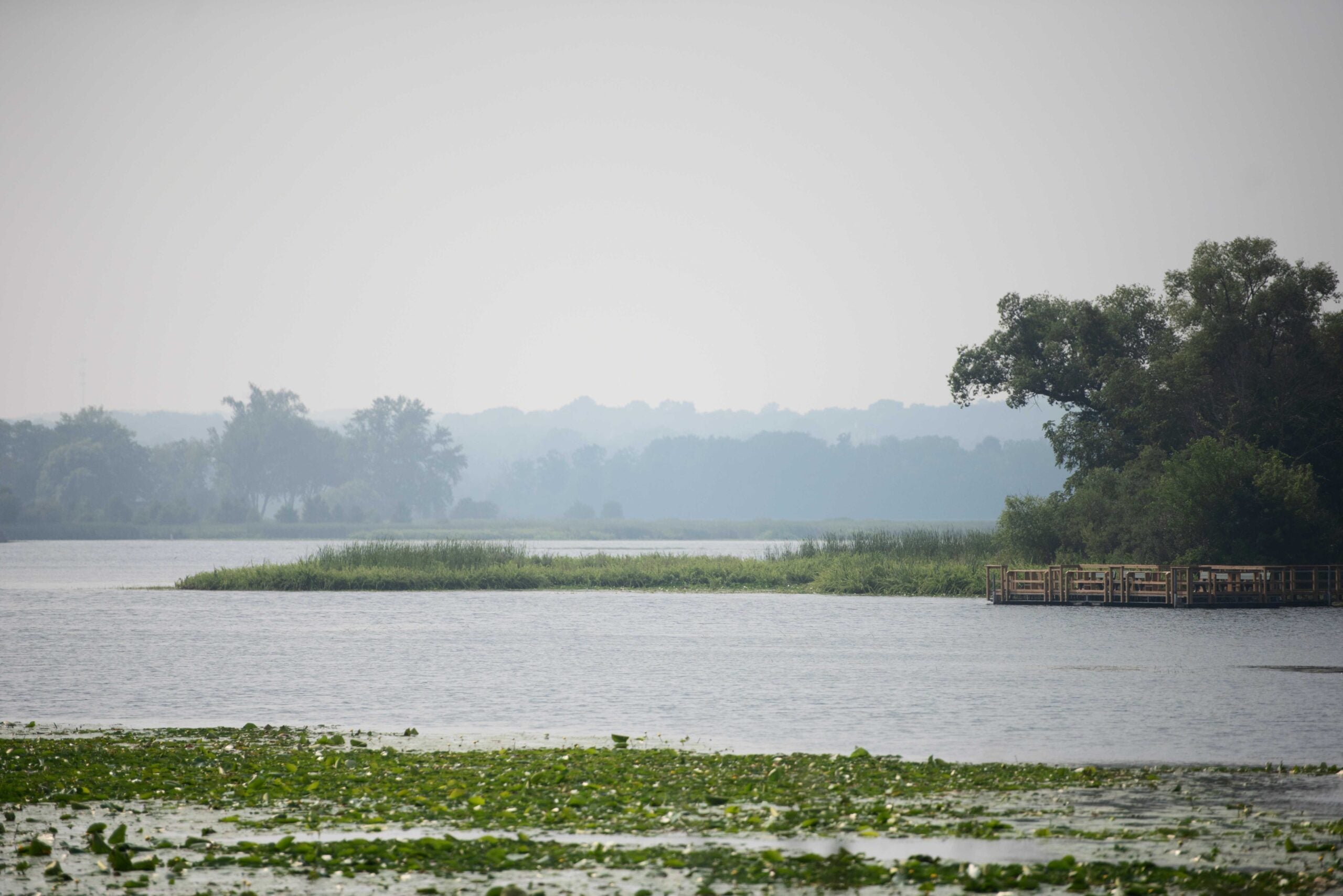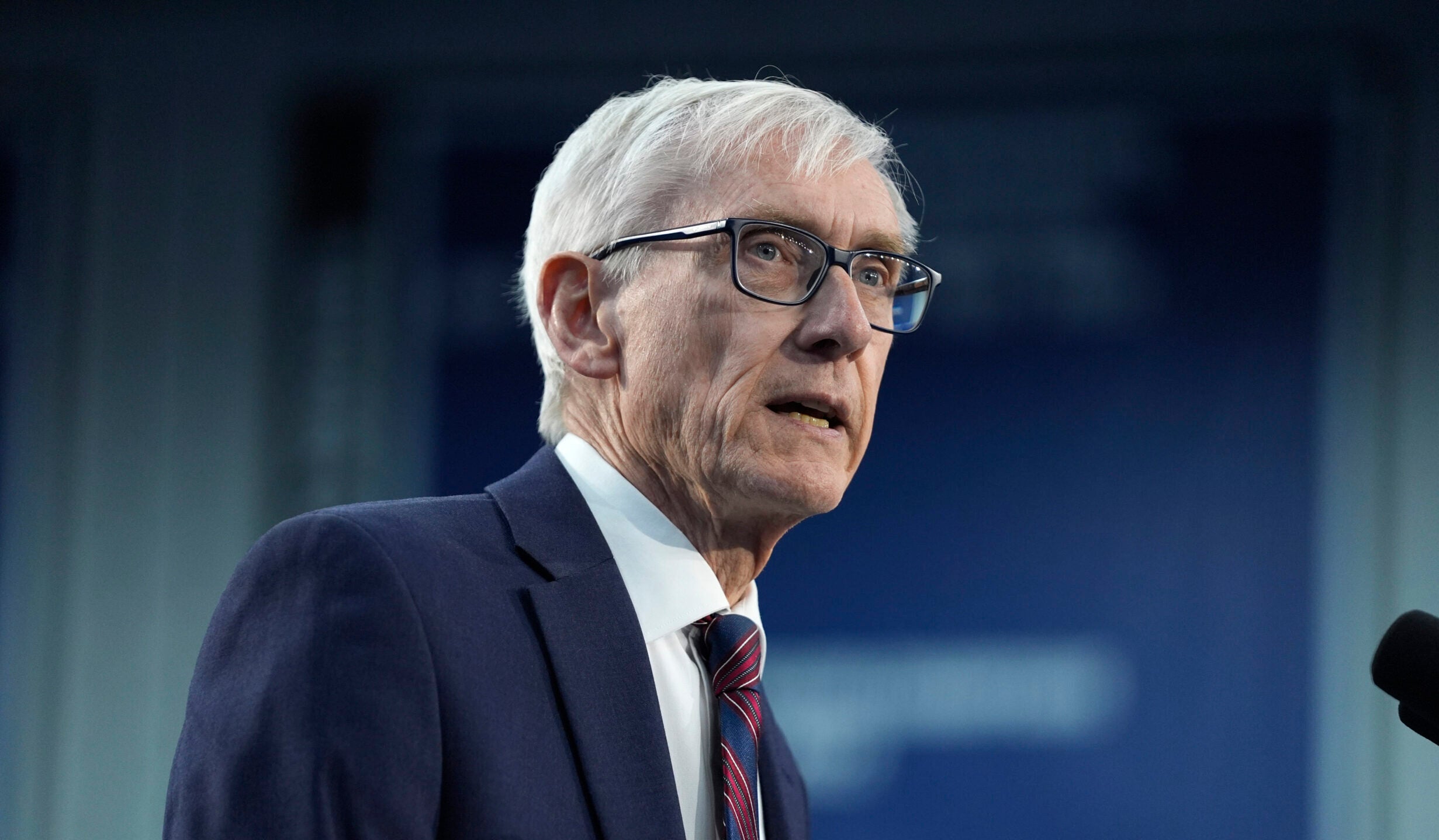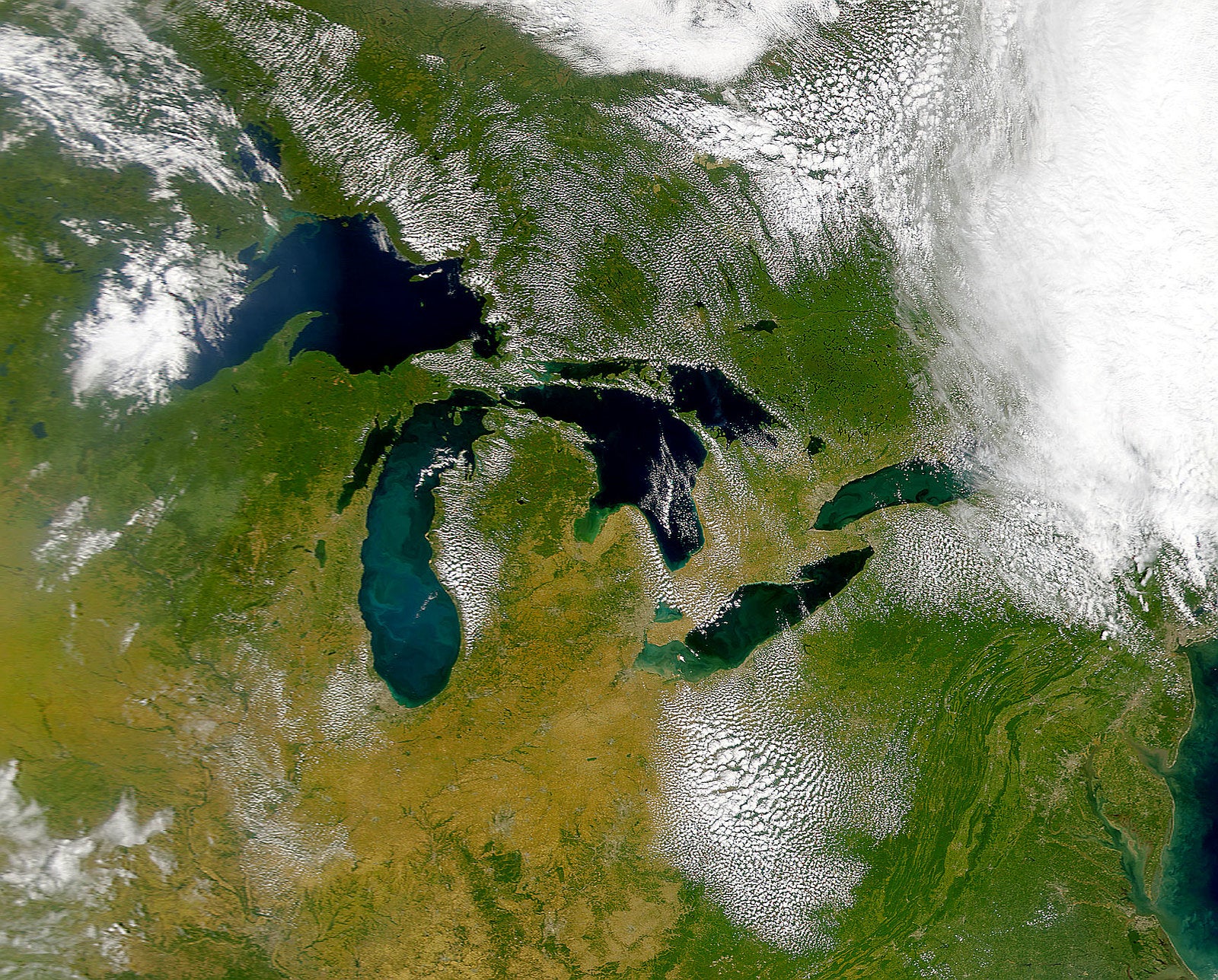A University of Wisconsin study has found that the number of extremely hot summer days in some cities may triple by mid-century unless more is done to reduce fossil fuel emissions.
Several UW-Madison scientists have contributed to the paper, which examines the expected impact on public health of climate change based on current and projected greenhouse gas emissions, wind speeds and other factors. UW environmental studies professor Jonathan Patz, the lead author of the study, said his collaborators have found that Milwaukee, New York and other locations may see three times as many summer days with high temperatures in the 90s, which could dramatically boost the development of ground-level ozone, even if some emissions are cut.
If we’re having success in air quality, higher temperatures will demand even further reductions of emissions for us to have the same level of air quality,” said Patz.
News with a little more humanity
WPR’s “Wisconsin Today” newsletter keeps you connected to the state you love without feeling overwhelmed. No paywall. No agenda. No corporate filter.
Patz said that if there are substantive efforts to reduce emissions, the U.S. would see an effect called co-benefits.
“If we were to reduce our burning of fossil fuel such that particulate air pollution would decline, we would save lives,” he said.
Patz also said better mass transit, as well as more investments in walking and biking opportunities, would cut pollution and boost health.
The climate change study is being published in the Journal of the American Medical Association. Patz will present the paper at a climate change and health event that the UW and others are sponsoring in New York City, ahead of Tuesday’s United Nations Climate Summit.
Wisconsin Public Radio, © Copyright 2026, Board of Regents of the University of Wisconsin System and Wisconsin Educational Communications Board.





